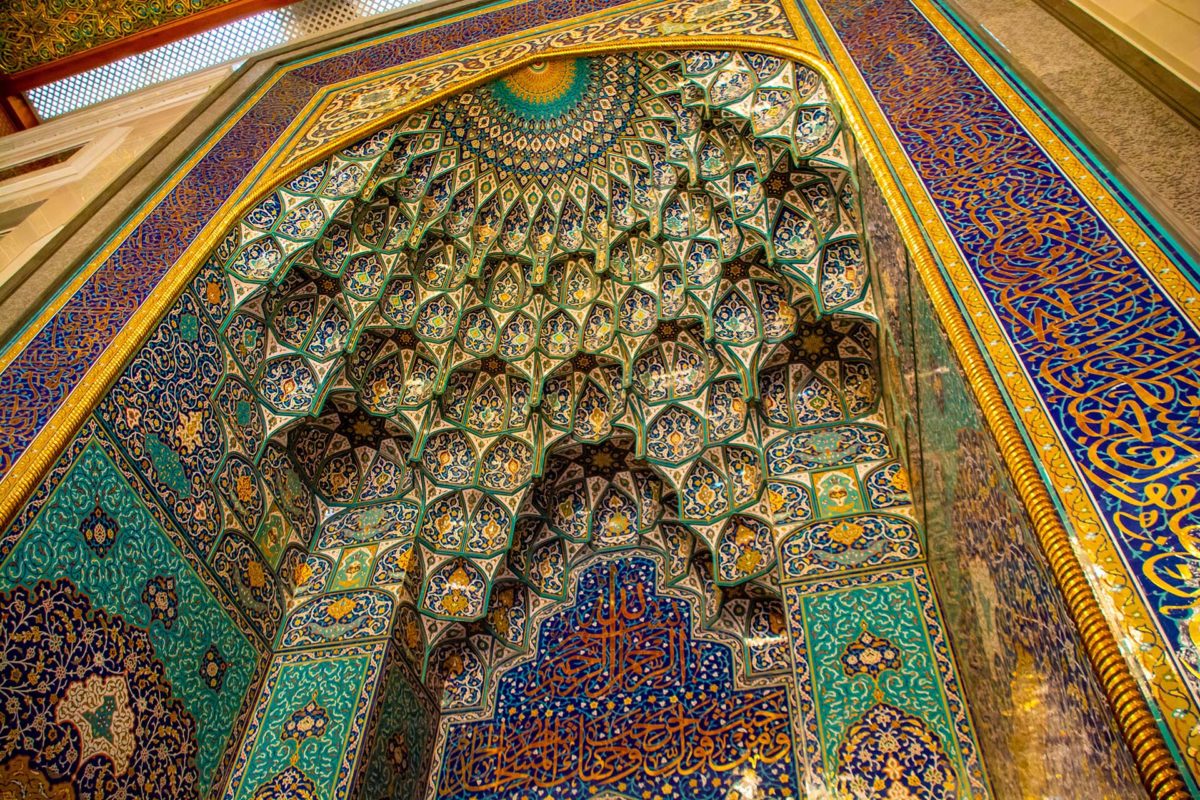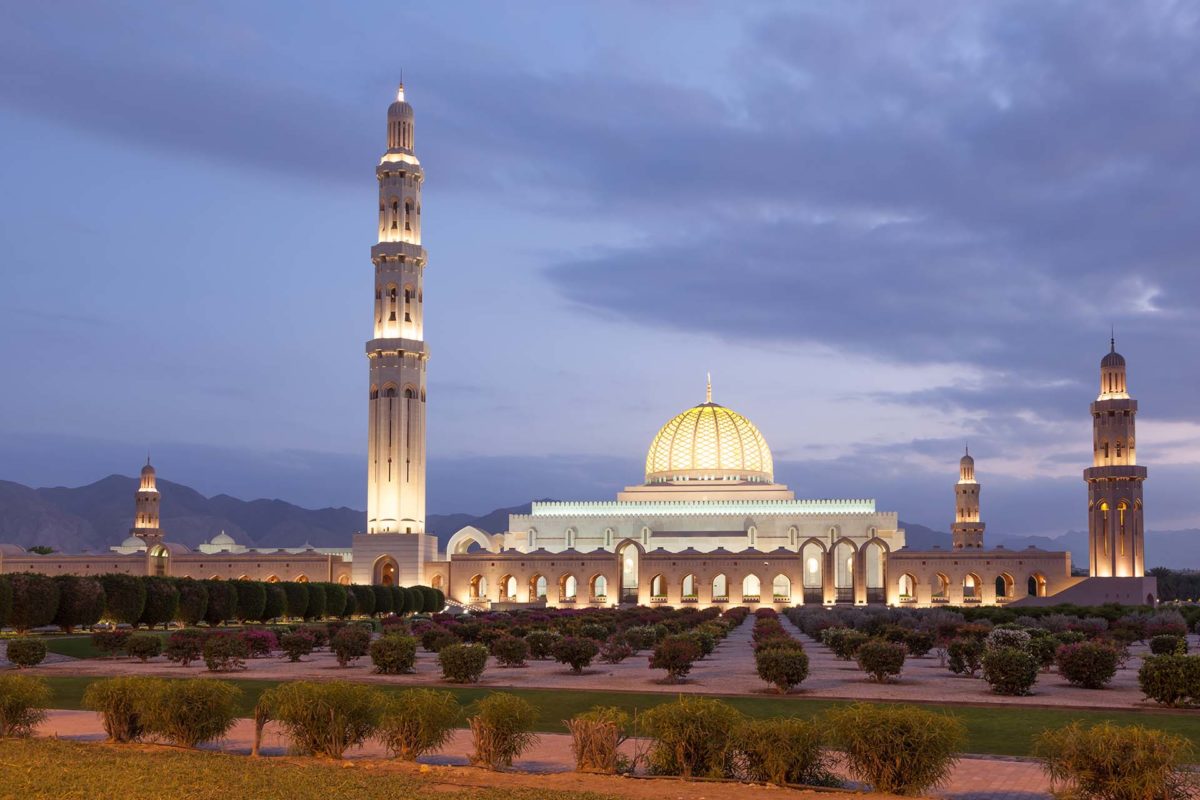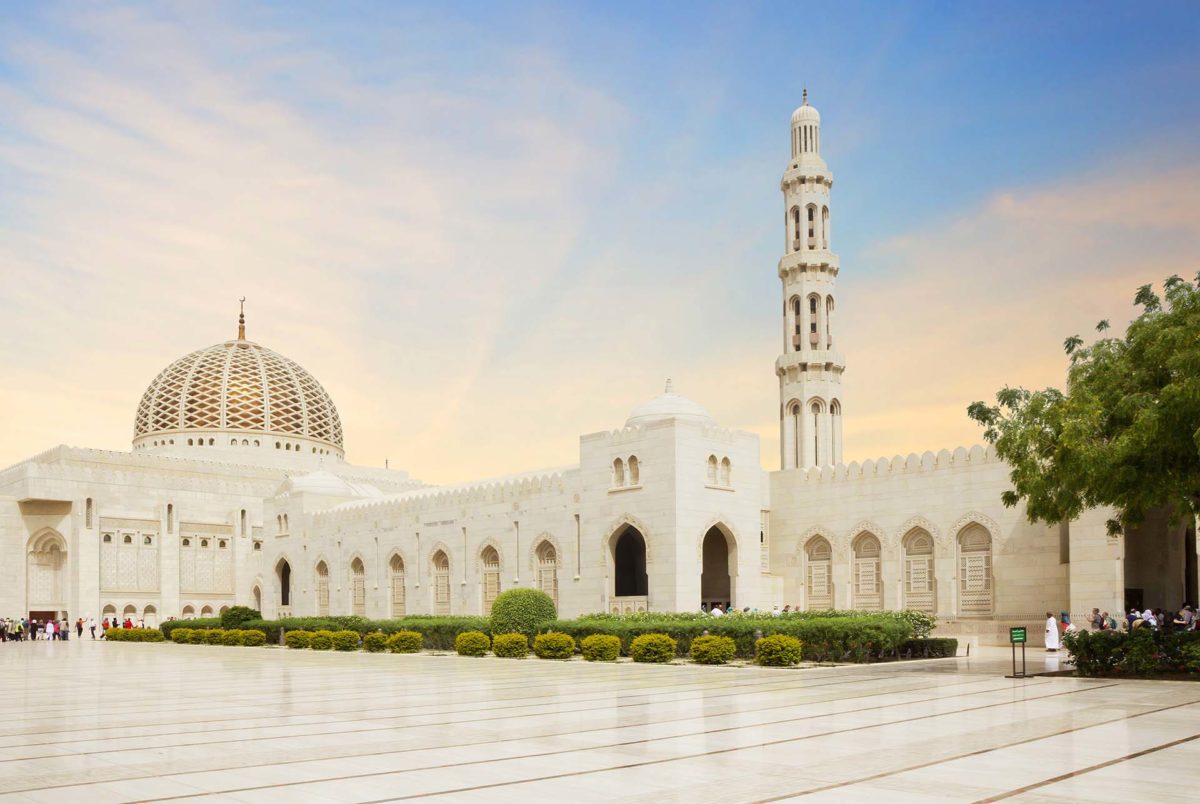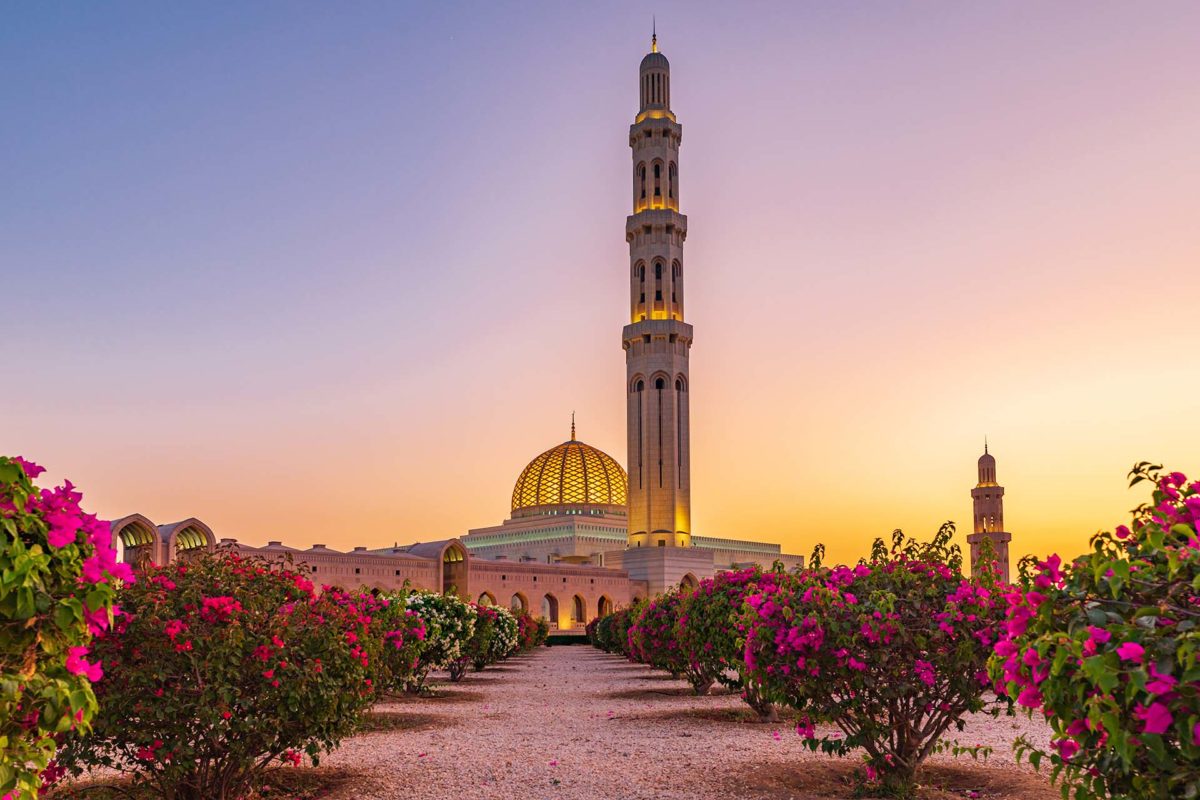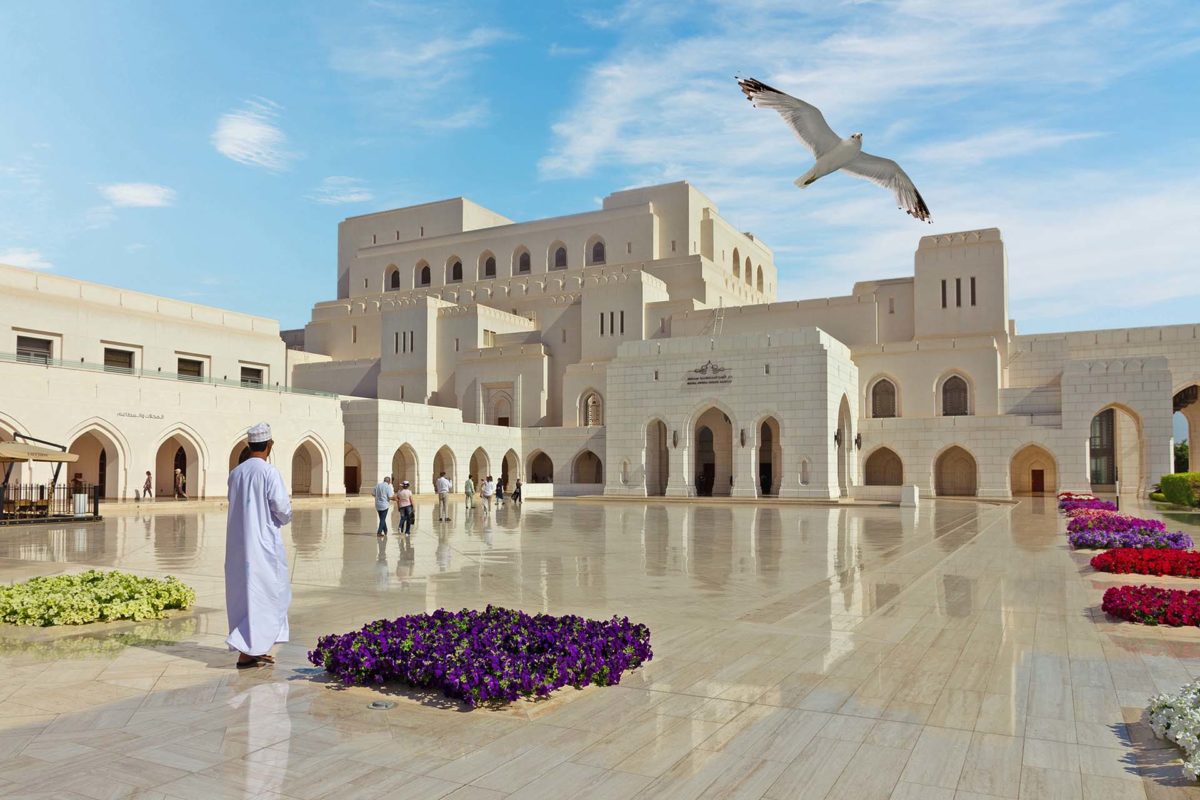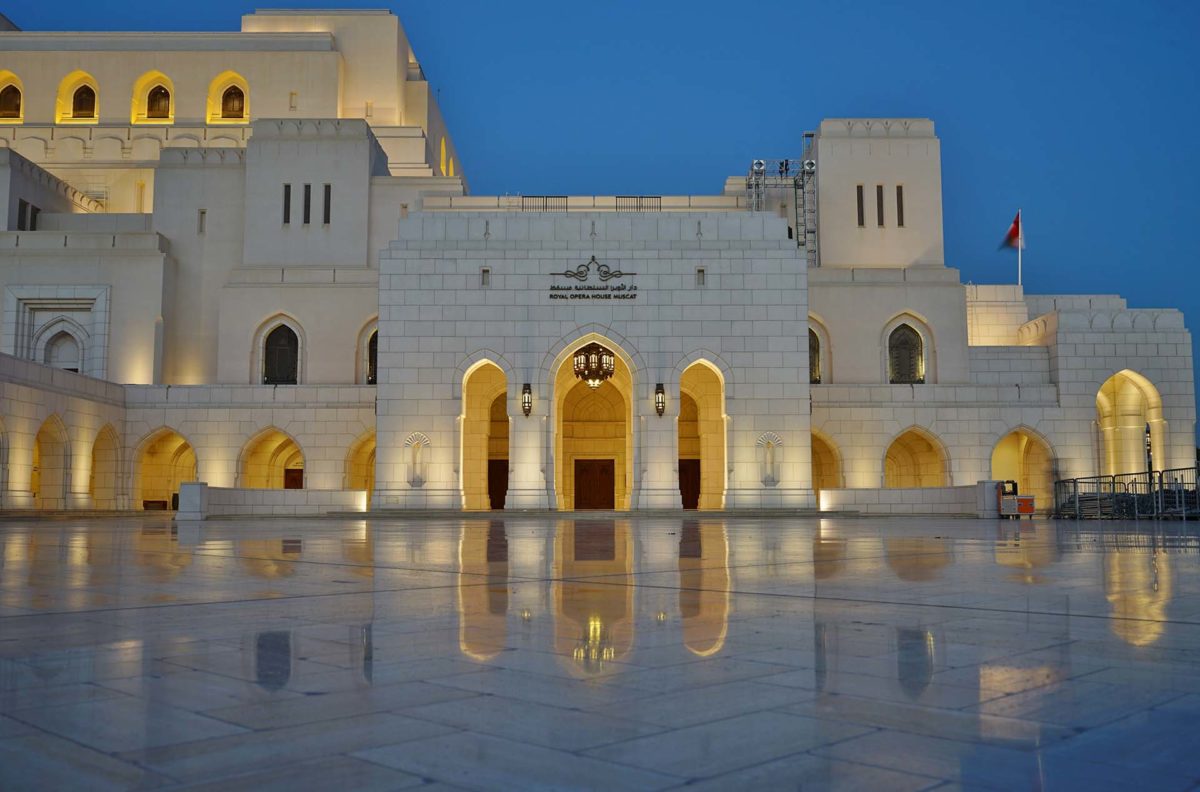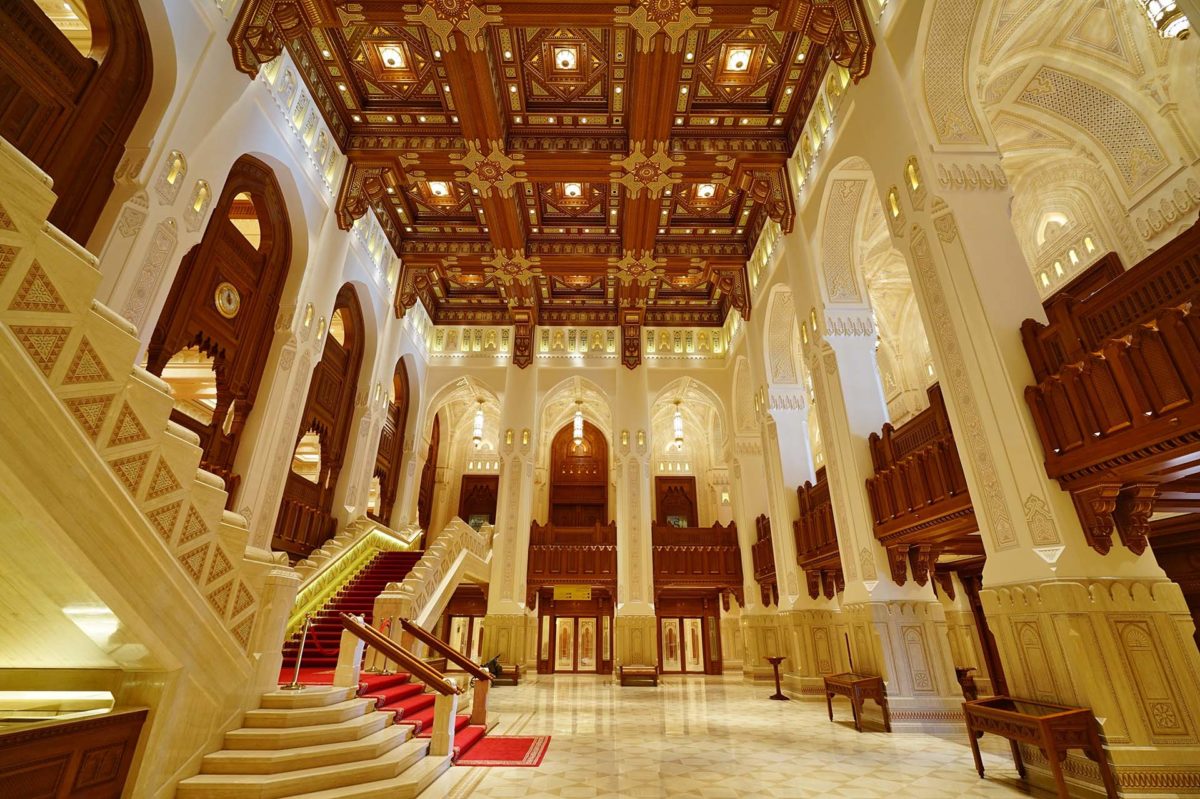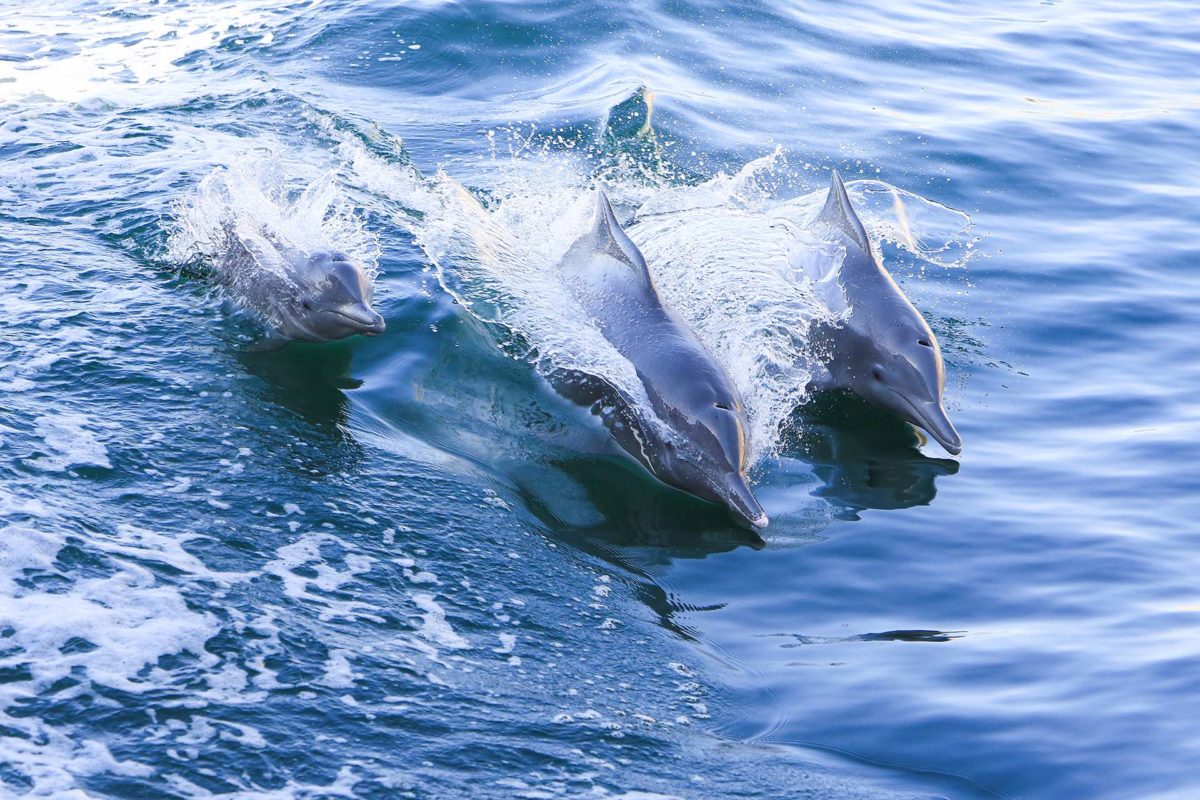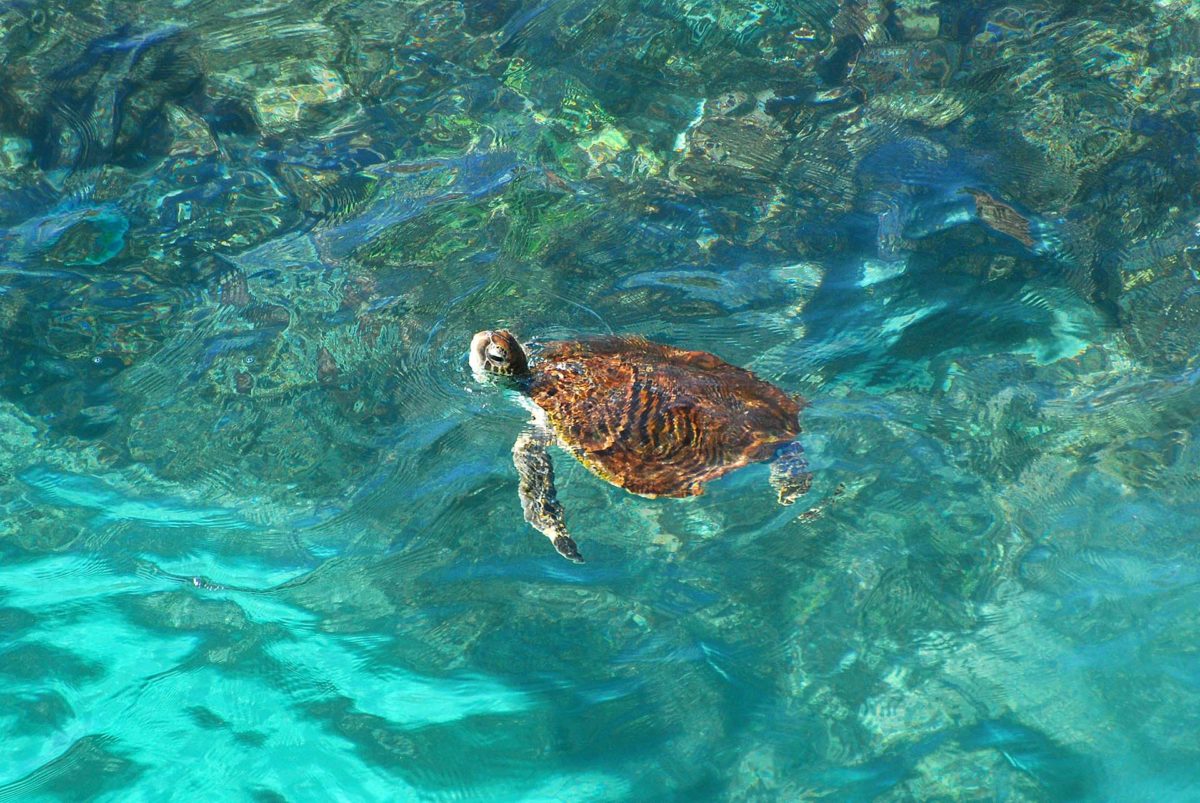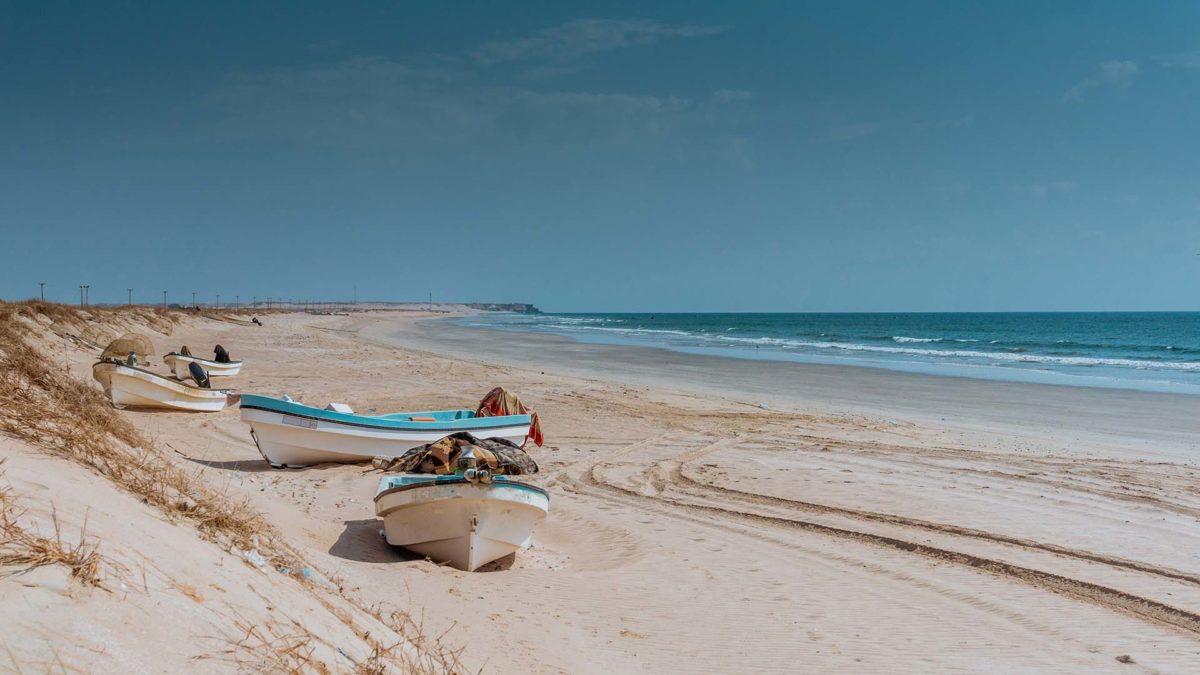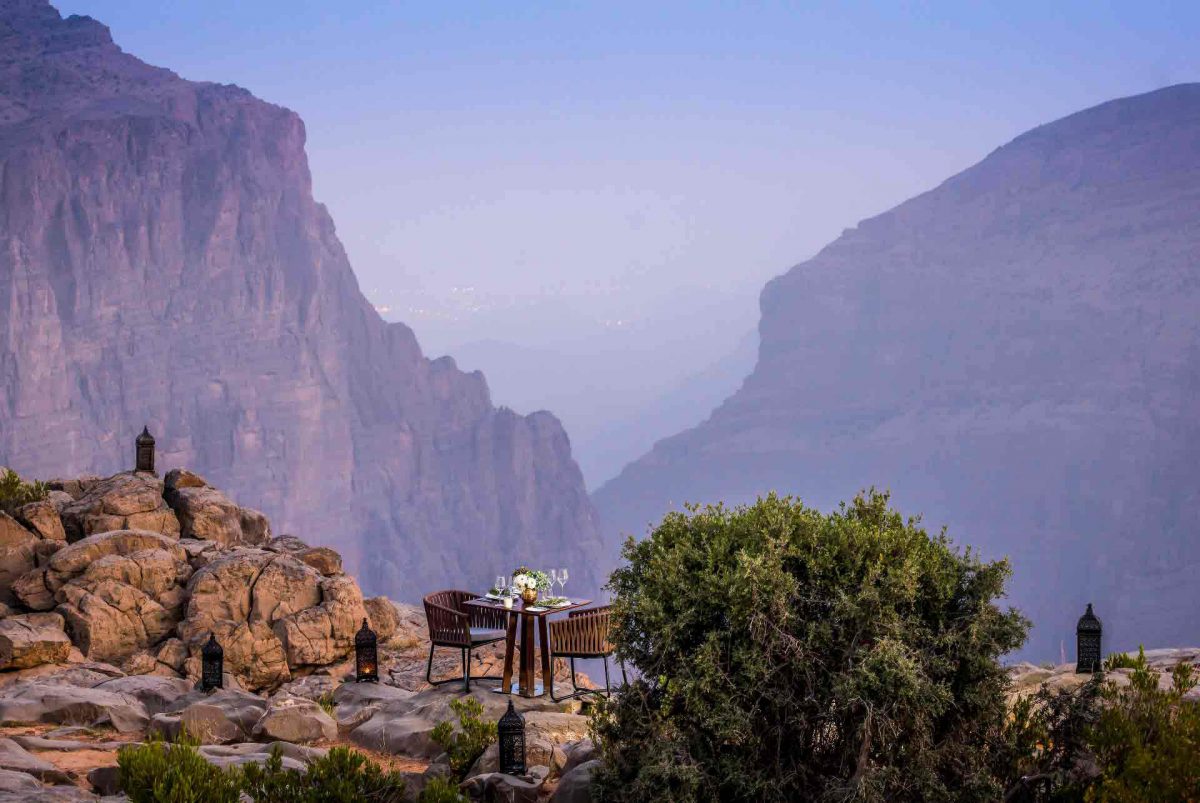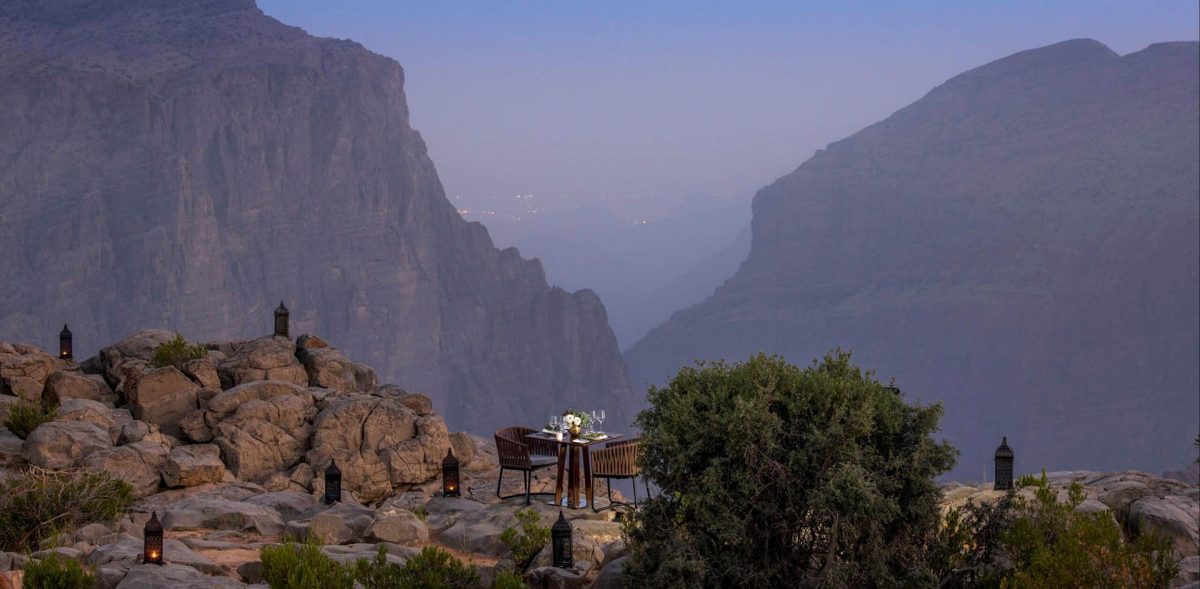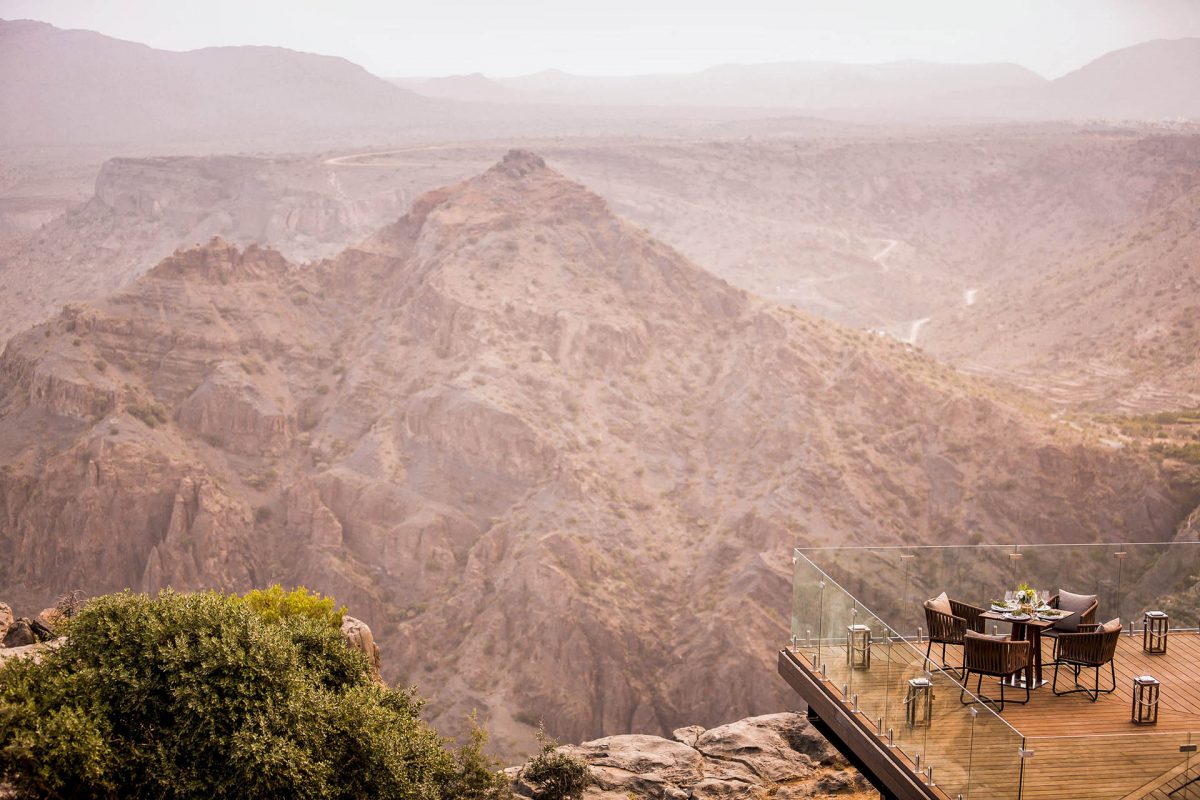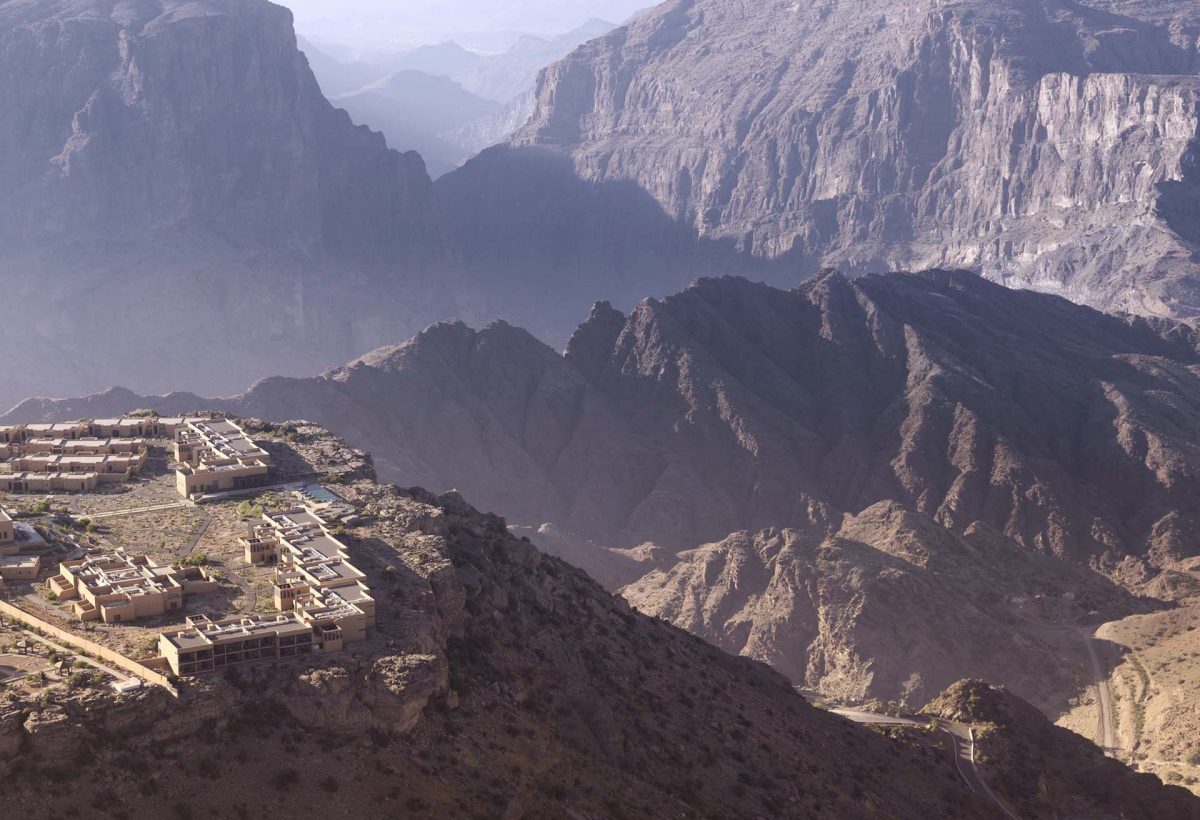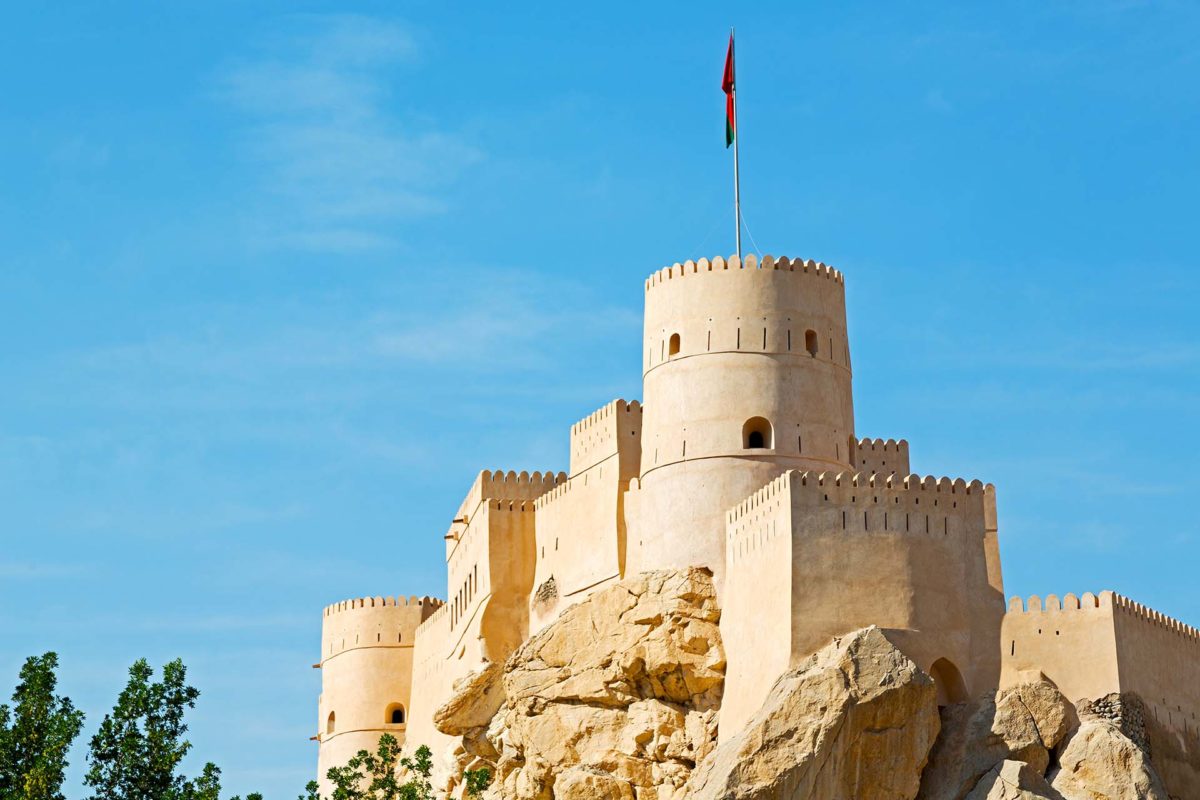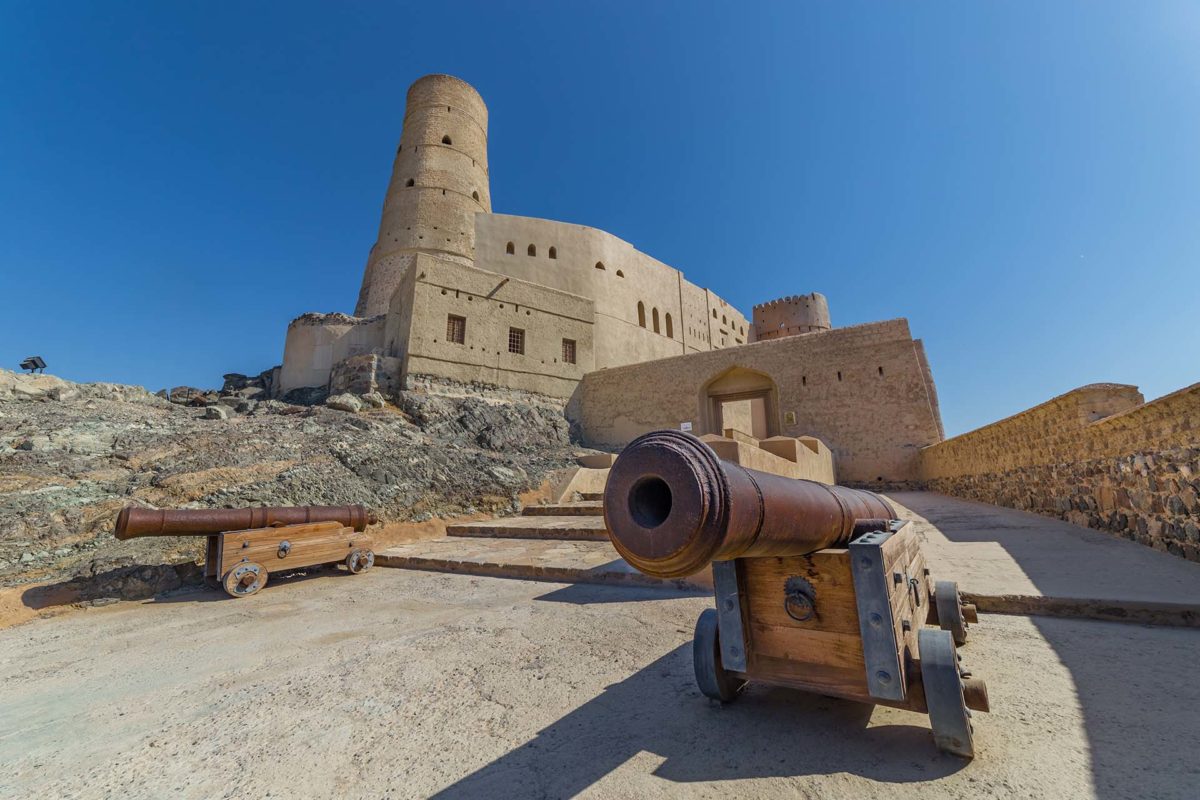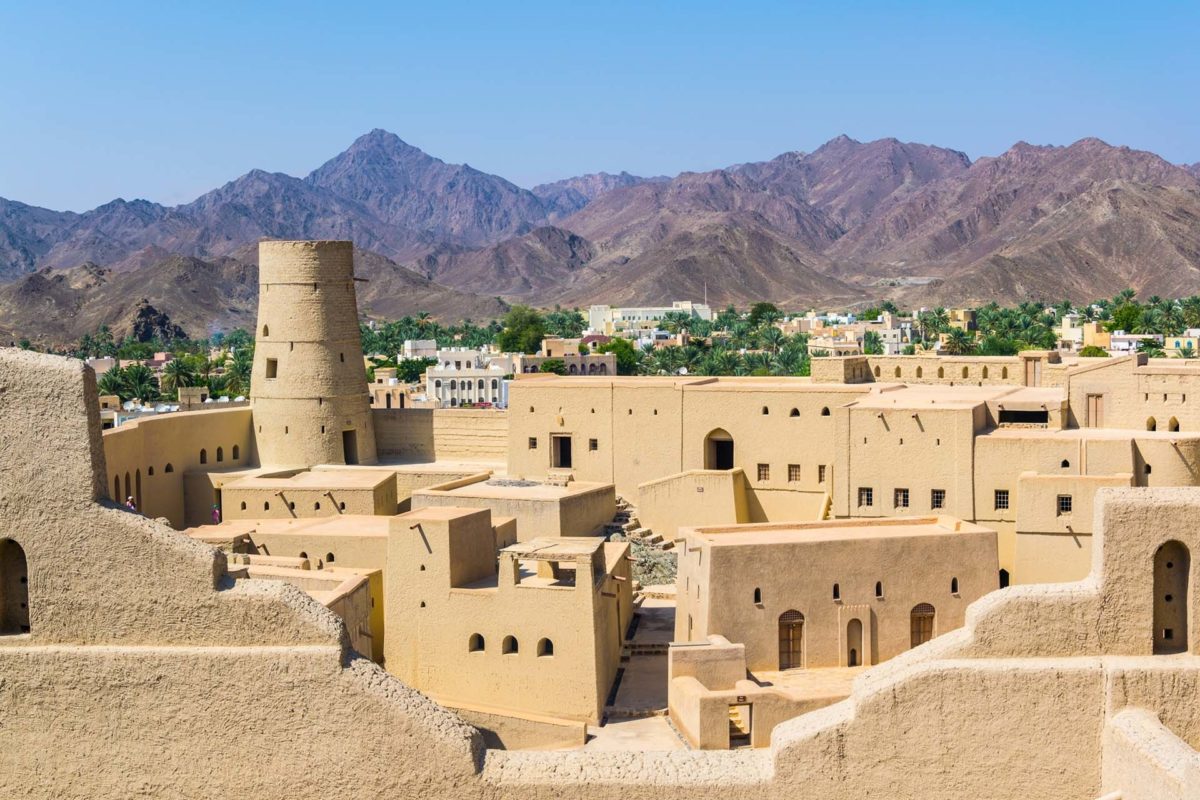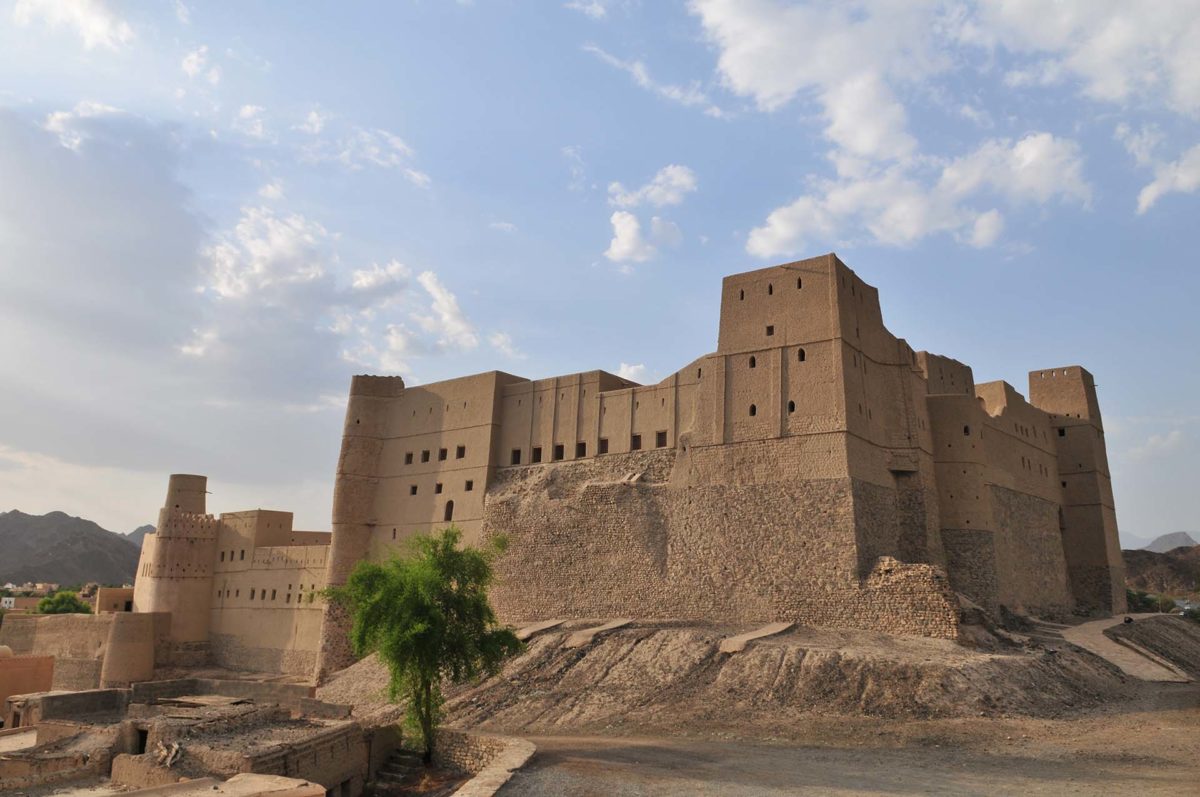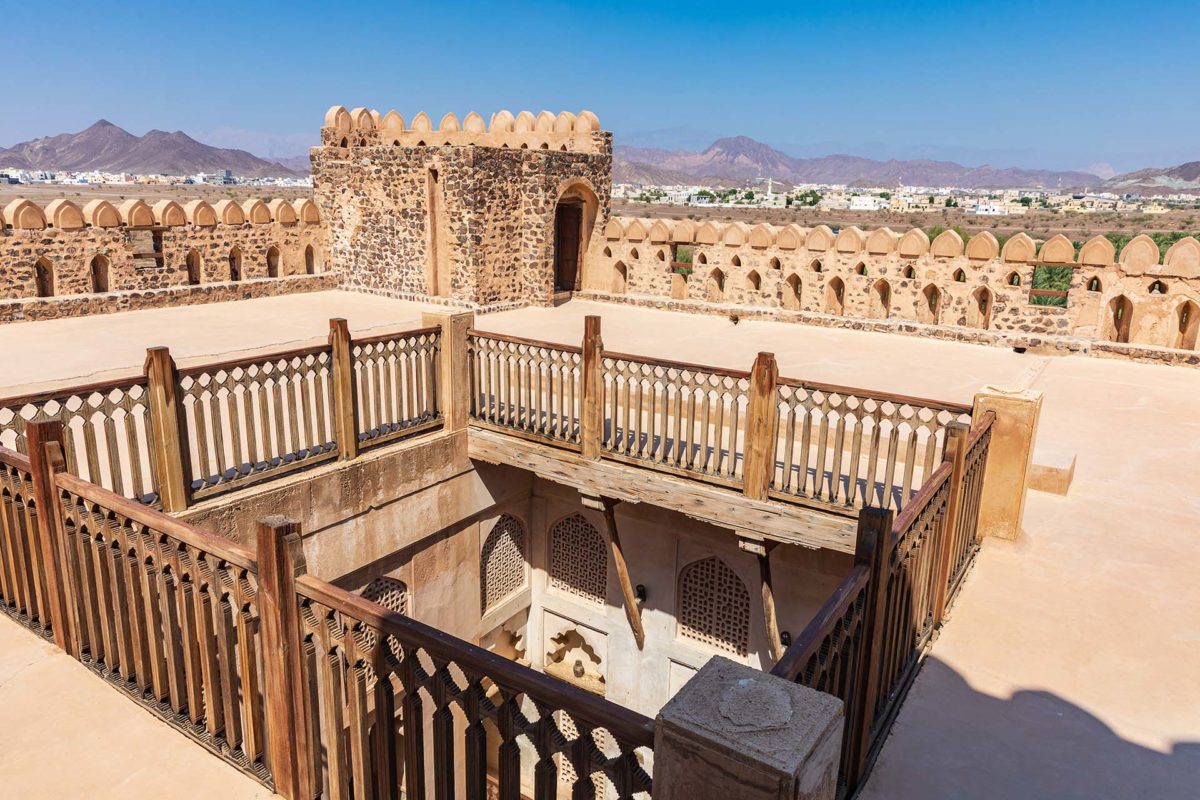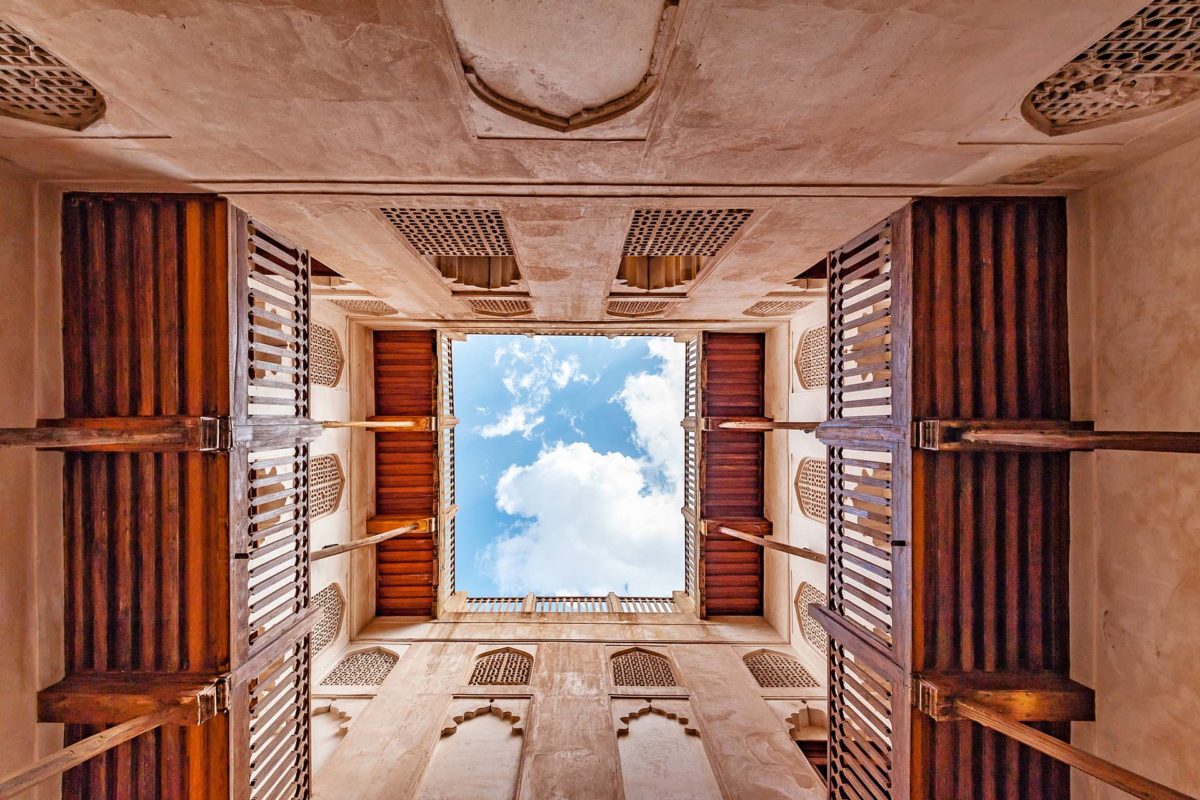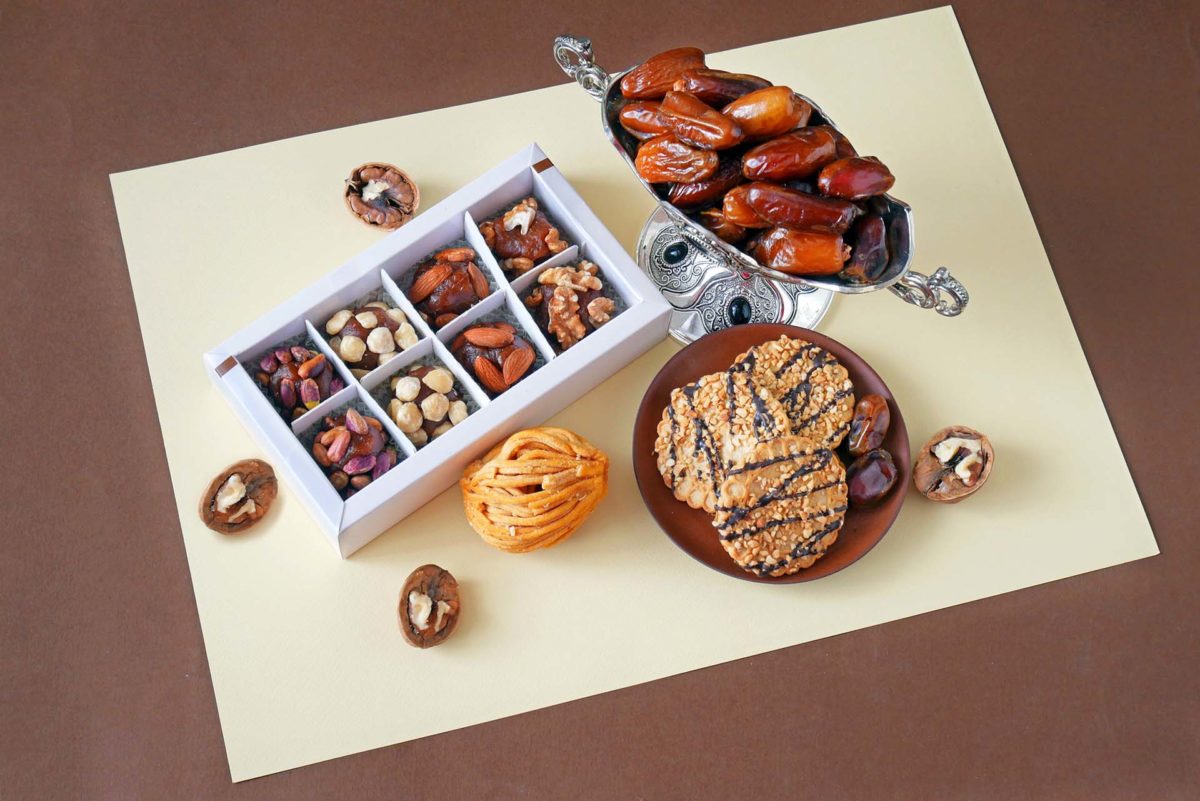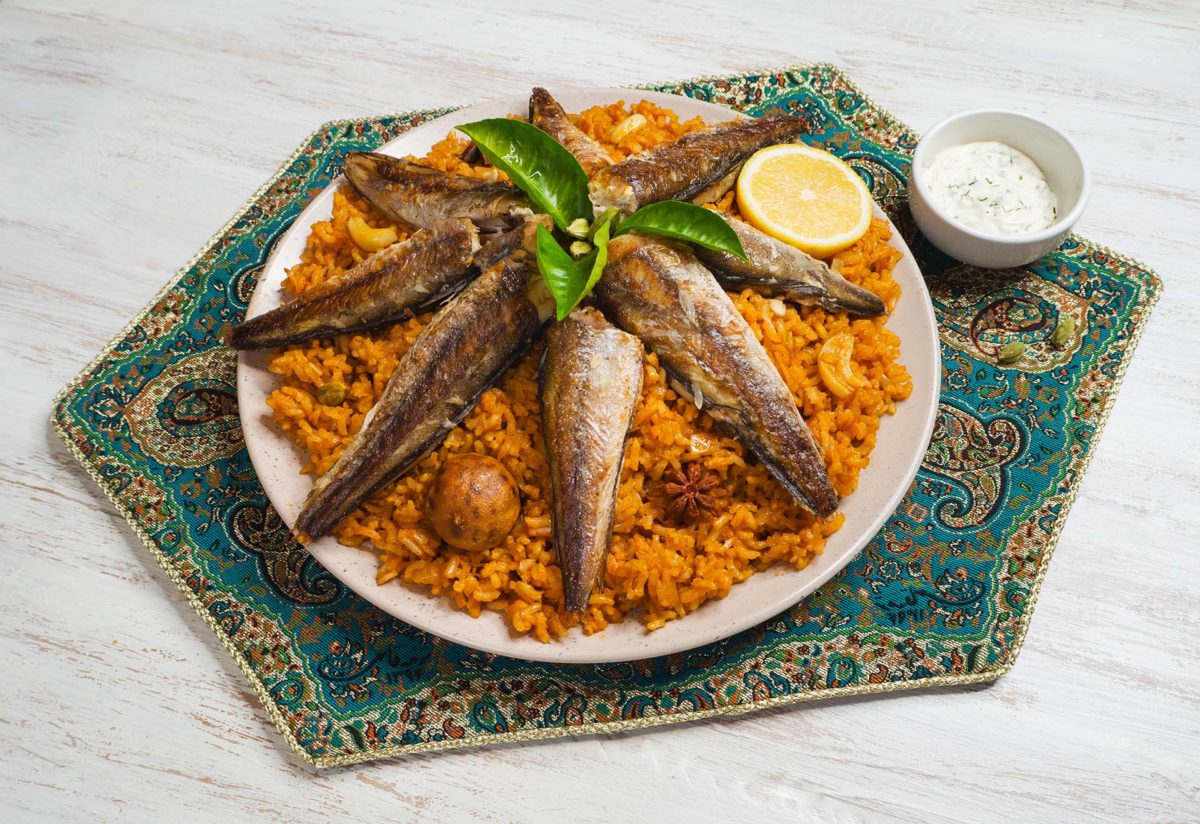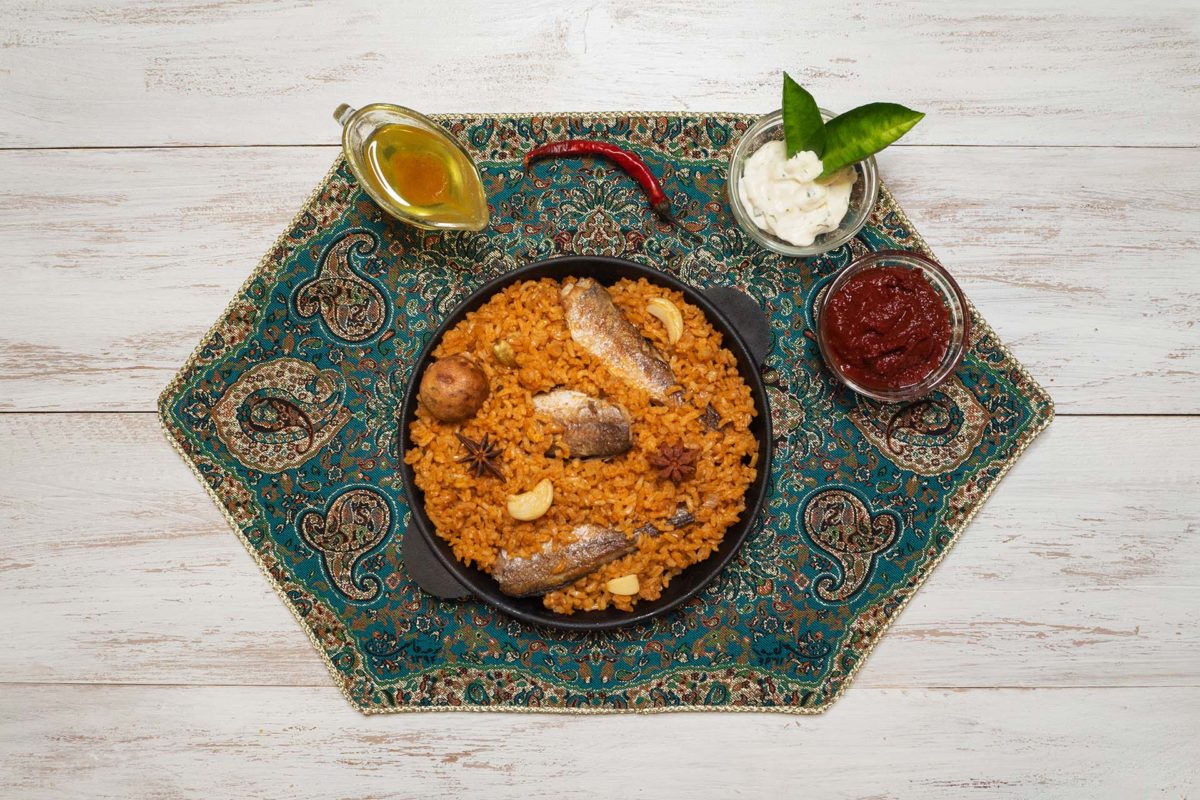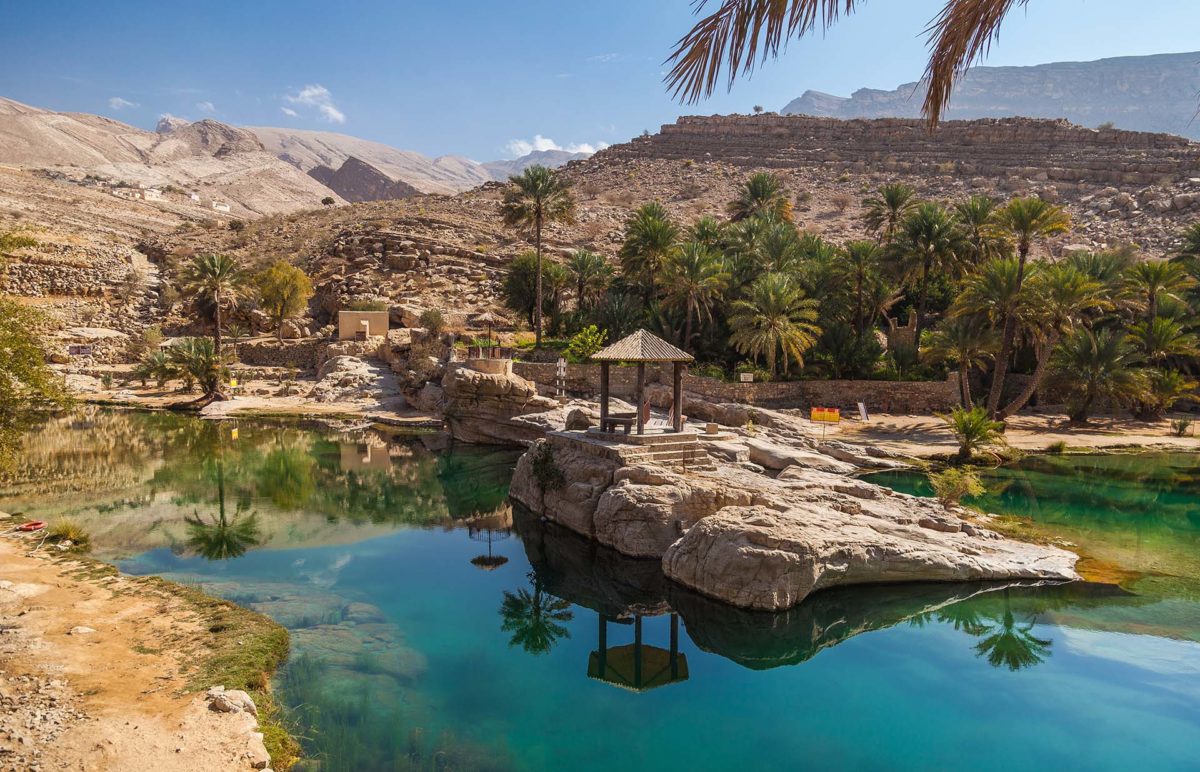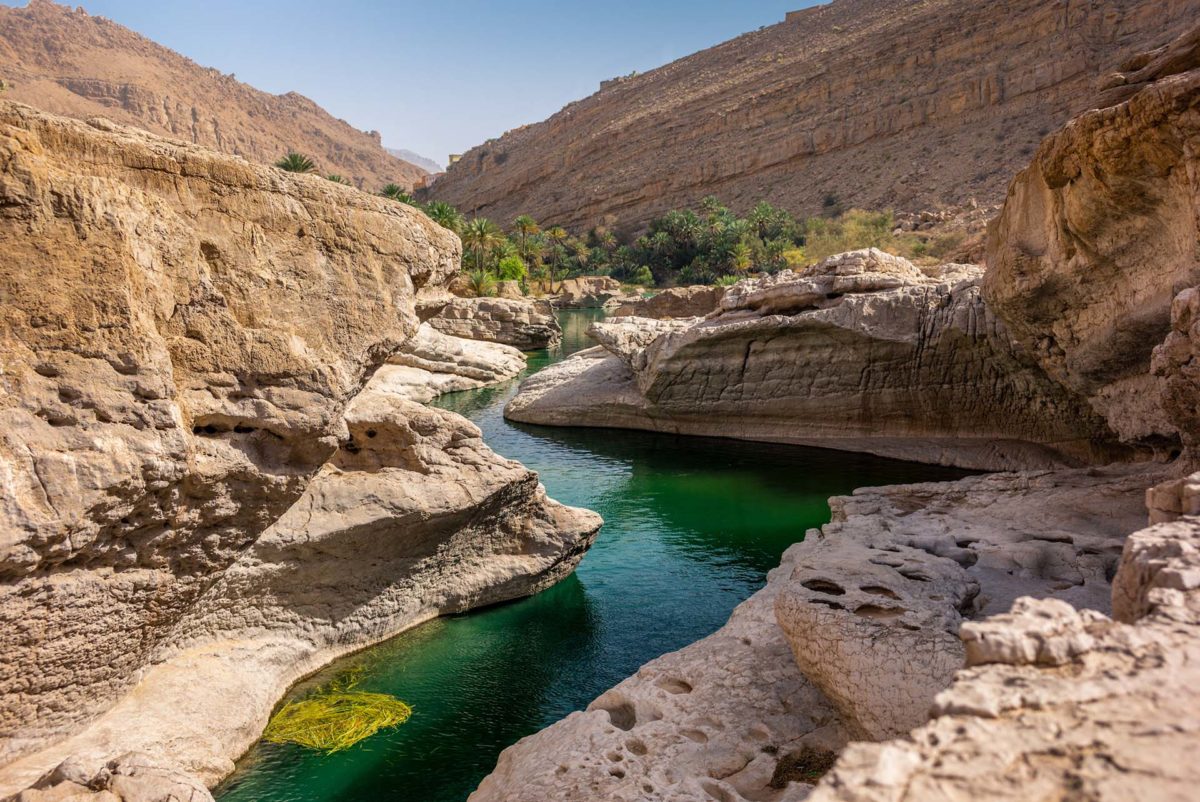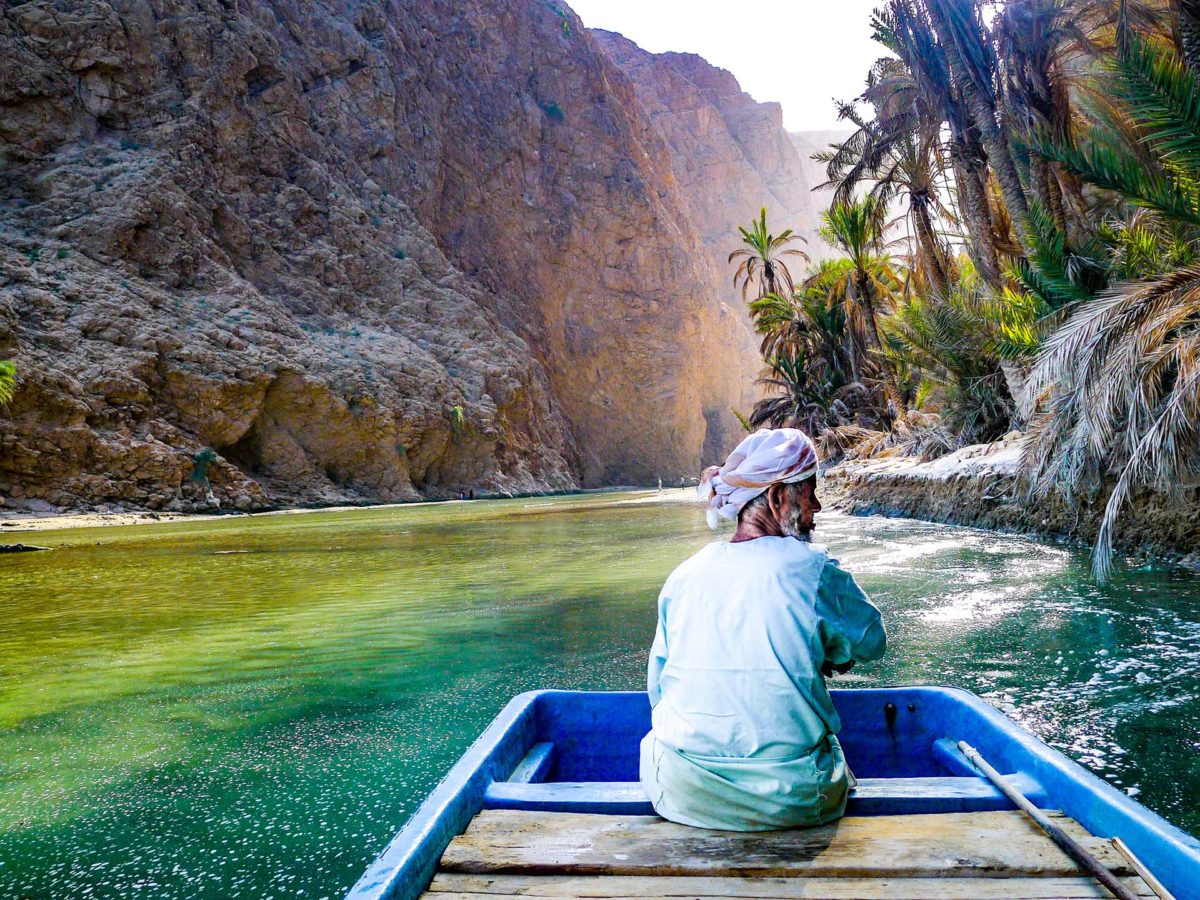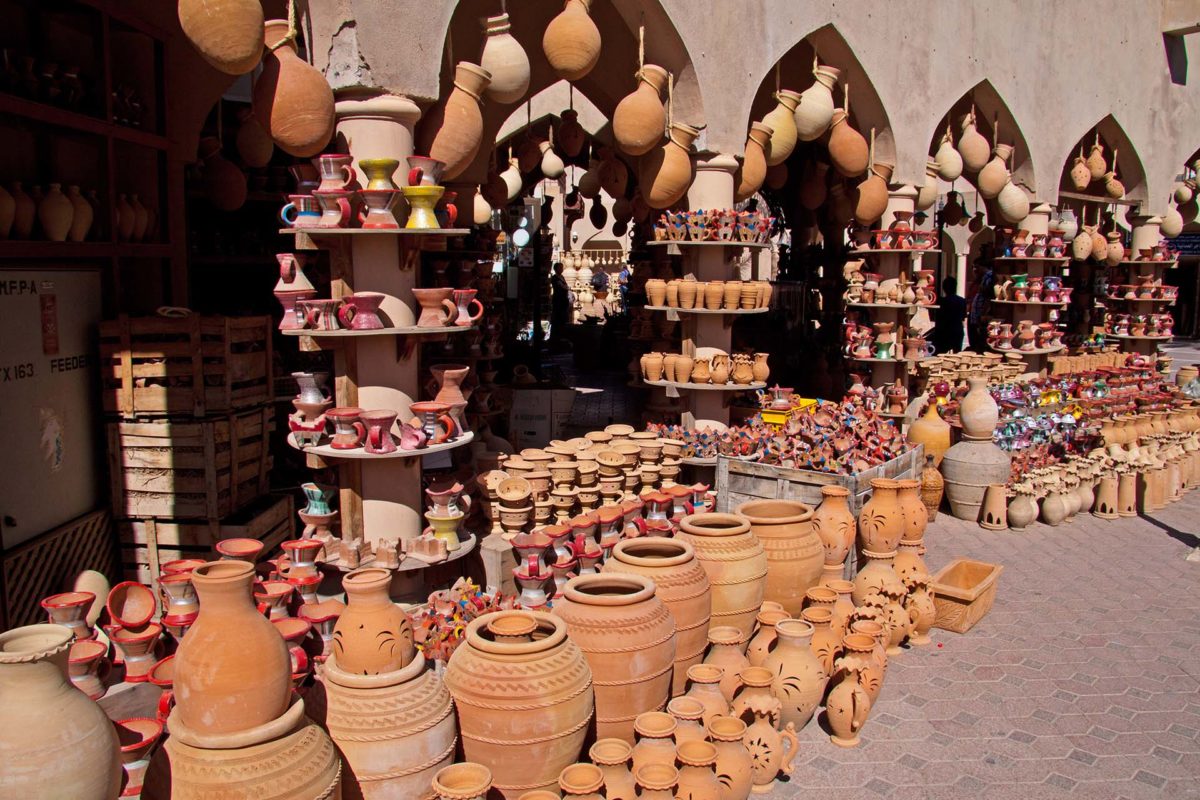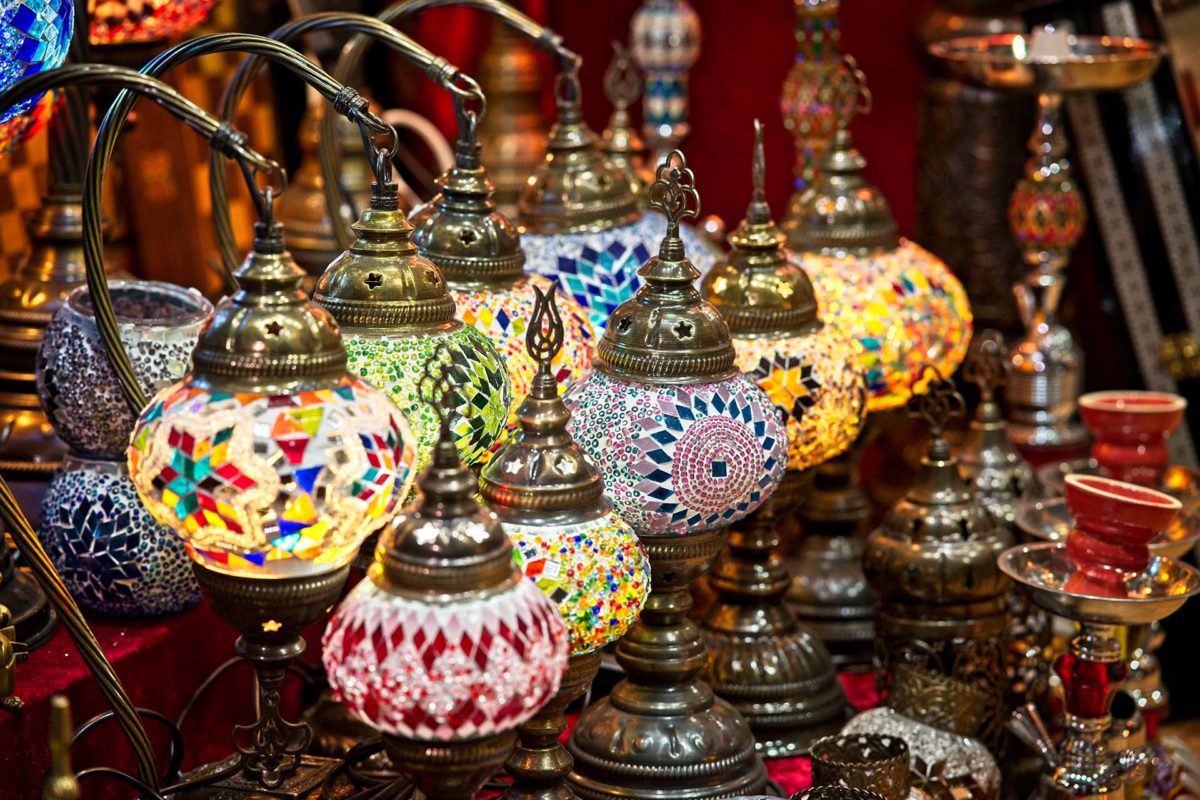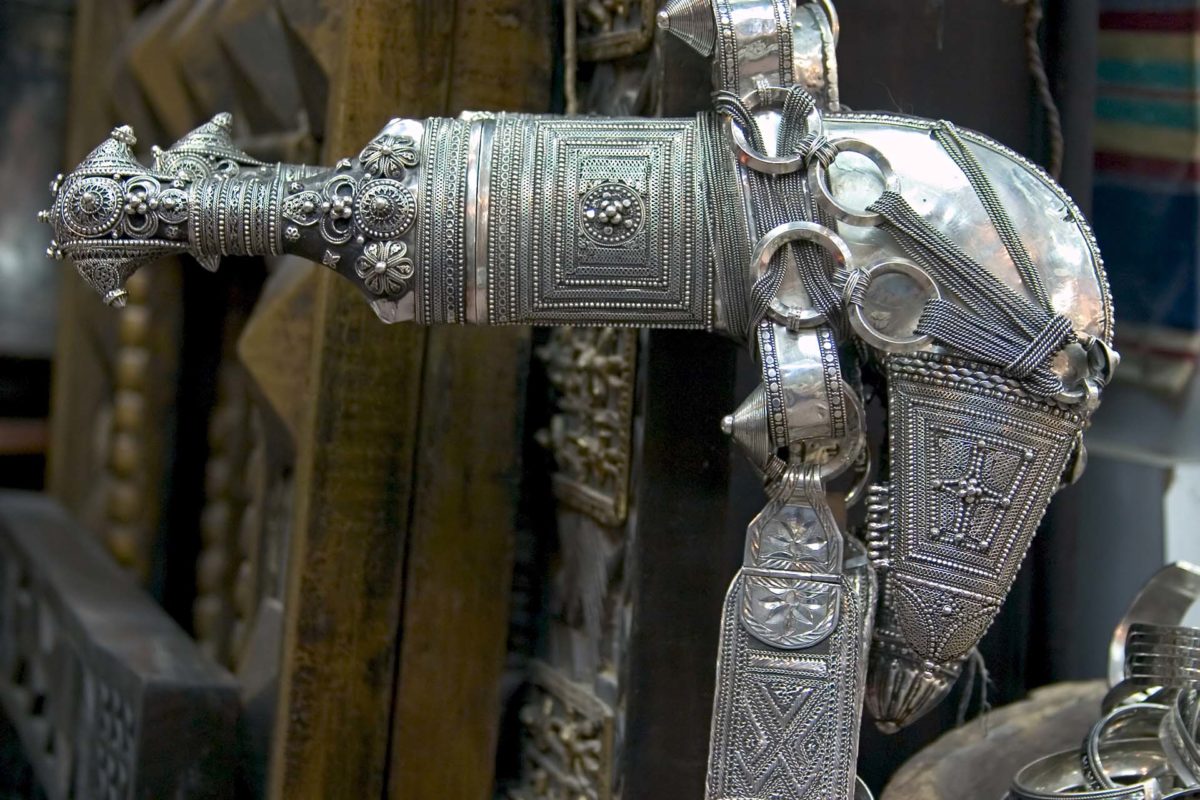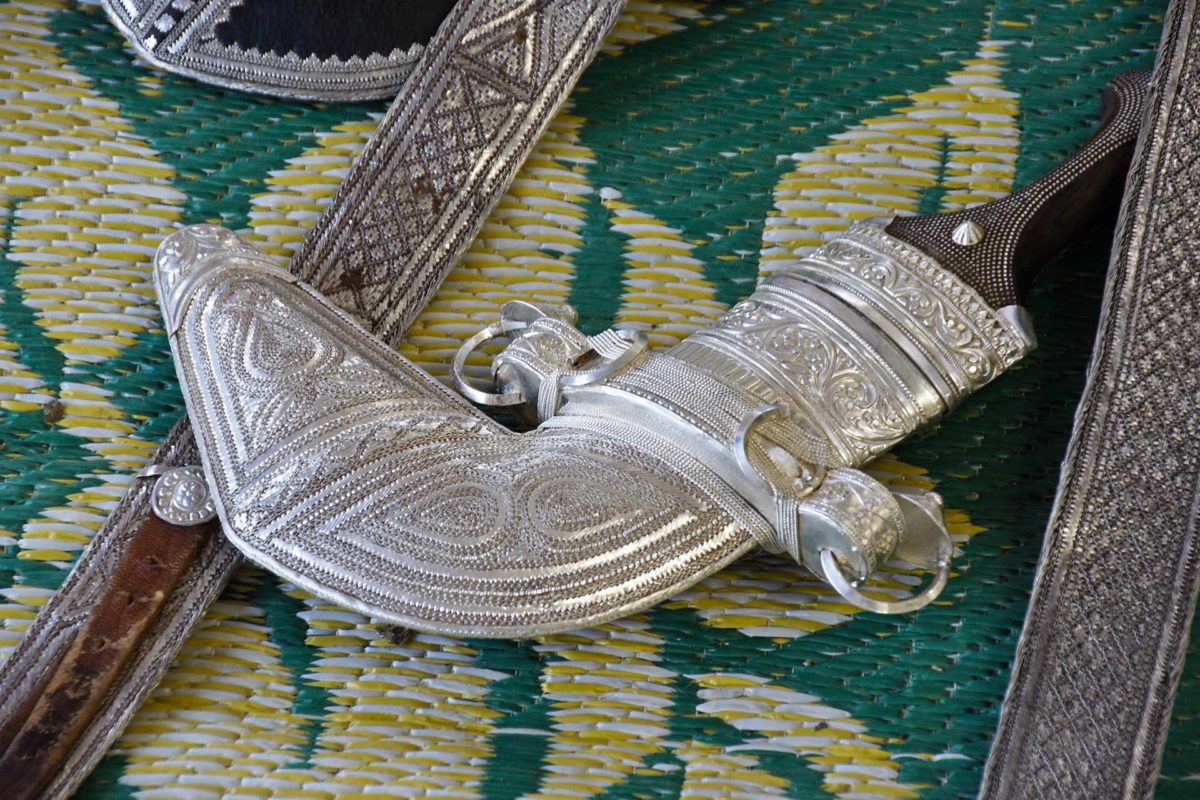Text: Galina Melnikova
Sultan Qaboos Mosque
Sultan Qaboos bin Said Al Sayy went down in history as a reformer who unified the Imamate of Oman and the Sultanate of Muscat into a single state. The white-stone mosque built in his honor in Muscat in 2001 is a model of modern Islamic architecture. 300 tons of the most beautiful Indian sandstone, the huge Iranian carpet weighing 21 tons, the chandelier decorated with 600 thousand Swarovski crystals in the form of miniature minarets – all this splendor can be seen by any tourist; during the breaks between the services everyone, regardless of sex and religion, is allowed entrance to the mosque. The building is adjoined by covered arched galleries with exquisite mosaics, in which you can arrange a beautiful photo shoot, although you have to choose a more modest outfit.
Royal Opera House
In 2021, the Royal Opera House in Muscat, the first Opera House in the Arab world, celebrates its 10th anniversary. It is a real palace, built with taste and great love for the country’s history. European colonial traditions blend harmoniously in its interiors with Oriental ones; walls and ceilings decorated with teak carvings are complemented by wrought iron and ceramic decorations and crystal chandeliers. The theater’s cappella players are exclusively men, and all of them wear national clothes: black dishdash and multicolored embroidered mussars and traditional Omani woolen turbans. The theater offers not only opera, but also classical, folk and jazz music concerts, musicals and more. You can also visit the theater without a performance, with a guided tour.
Dolphins
From Sidab Bay on the coast of Muscat, near the old city, there are boat trips during which you can watch dolphins and, if you are lucky, even swim with them. The Gulf of Oman is rich in marine fauna, there are no special places to watch dolphins – these marine animals can be found at almost any distance from the shore.
Ras Al-Jeans Reserve
Another place where you can meet exotic marine life is the Ras Al-Jinns Nature Reserve in Al Sharqiya province. The protected area, which stretches 45 km along the coast, also includes coastal waters 1 km wide. It is the only place in the country where you can see the nesting process of green sea turtles in the company of marine biologists. 30,000 of these amazing reptiles swim to the shores of the Gulf of Oman each year to breed. Late at night, your guide will take you to the shore where the turtles dig their nests. Curiously, the animal makes two holes in the sand, one of which actually serves as a clutch, and the other is a fake for predators who like to feast on turtle eggs. The nesting season lasts from June to November, but for eco-tourists, many other activities are available year-round. There are excursions to old fishing villages or archaeological sites (which, for example, uncovered the oldest wooden boat in Oman), as well as trekking routes in the mountains, yoga at dawn and deep-sea fishing. There is a small hotel and luxury eco-tents on the reserve.
Princess Diana Lookout
There are three dozen colorful villages on the Saik Plateau in al-Dakhlia province. Some, like the village of Al Ain, are famous for their plantations of damask rose, which has long been cultivated in Oman to make drinks and perfumes. The most picturesque view of the surrounding area is from the so-called Diana Place, where you can see the villages of Al Ain, Al Aqur and Al Shiraiya. Many years ago, the British princess came here with Dodi Al-Fayed to admire the view of the protected Jebel Al-Aqdar Valley. Later Anantara Al Jabal Al Akhdar was built next to this spot and now you can admire the scenery on the famous site with a glass of champagne or while dining at sunset.
Old Forts
Oman is not called the land of a thousand forts for nothing. Ancient fortifications – a legacy of the turbulent times of the medieval Arab Caliphate – are scattered almost all over the territory. Some of the fortresses are thoroughly destroyed, but there are survivors – all of them are open to tourists.
The most famous fort is Bahla, located in the city of the same name. It is one of the oldest fortresses in Oman, it was built between the 13th and 14th centuries, when the city was ruled by the Banu Nabhan dynasty. In 1987 the citadel was inscribed on the list of UNESCO heritage, and in 2012 it was fully restored. Legend has it that the 13-kilometer wall with 15 gates and 132 observation towers was built in one night, and only women. Inside the fortress are preserved ancient mosques and wells, and during a walk you probably think that time has stopped here.
Other interesting fortifications include the fort of Nizwa, built by Sultan bin Saif Al-Yarubi in the 17th century, next to which today stands the town of the same name. Some interesting forts can be found in the province of Al-Batinah: Fort Barqa, which played a key role in the expulsion of the Persian army in 1747 by Ahmed Bin Said and is famous for its picturesque coastal views; Nakhal, Hazm and Rustaq forts (the latter known for its maze of corridors and stairs, which can easily get lost) and the thousand-year-old Fort Sohar. Many centuries ago this fortress served as a refuge for the sailor Ahmed Bin Majid, who helped the famous explorer Vasco da Gama to reach the Cape of Good Hope and served as the prototype of the literary hero Sinbad the Mohair. The fort of Ibri in the city of the same name in the province of Al Dahirah deserves attention, near which today there is a colorful market and the nearby ruins of Al Sulaif fort – they can serve as an exotic platform for a photo shoot.
Jabrin Castle
The historical architectural heritage of Oman is not limited to citadels and mosques: there is a real castle, built over three hundred years ago by Imam Bilarab ibn Sultan for purely peaceful purposes: in its walls the ruler, a patron of the arts and sciences, received important guests, had small talk with them. The interiors of the castle, located near the town of Bahla, have preserved carved walls, fine frescoes, ornamented with elegant Arabic calligraphy. The upper floors offer panoramic views of the Hajar Mountains and the village of Jabrin.
Kitchen
Traditionally, Omani meals do not go without makbus, a dish of meat and rice flavored with saffron, or harissa, a wheat paste with beef or chicken. You don’t need to look for a prestigious restaurant to try these specialties – almost any traditional village café offers excellent food.
In Oman, the most delicious dates in the Middle East – all varieties, shades and sizes, they are always ripe and fleshy, in addition, the local craftsmen skillfully stuffing them with nuts and dried fruits. Be sure to try the traditional Omani halva – it has nothing to do with the delicacy we have grown accustomed to since childhood and the consistency is more like a juicy fudge, and it is made from a variety of fruits and nuts, to suit all tastes. An excellent addition to the halva is traditional Omani coffee, which is brewed with cardamom powder. Do not miss the opportunity to try the local honey – it is produced in the country for several hundred years, and the flavor you will remember for a long time (especially appreciated honey from Sohar).
Camel racing
October to March is camel racing season in Oman. The competitions, which are very popular with the locals, take place all over the country and end in the town of Barqa in Al-Batinah province – there are many camel breeding farms in its vicinity. Children used to be the jockeys at the races, but now they have been replaced by robots.
Wadi
Wadis are a unique natural phenomenon in the Middle East: this is the name given to the beds of desert rivers that, depending on the season and amount of rainfall, dry up and fill up again. In Oman, there are several natural parks on the banks of such rivers, and they impress by the combination of the desert landscape and the clearest, clearest water – even in the hottest weather it remains cool. One of the most beautiful of these parks is Wadi Shab in Al Sharqiya. Here, between the rocky shores, there are several natural ponds along which you can swim to the picturesque cave. Another equally photogenic wadi not far from Muscat, Wadi Tiwi, has a gradually narrowing serpentine road leading up to the mountains. Those who are afraid of heights should not follow this road, as it takes your breath away in some turns. In Wadi Suwai – a great place to “jump” on a jeep, and in Wadi Bani Khalid in general, you can spend the day swimming in the large lake pool or indulging in hiking on the paths between the rocks.
Shopping
Wandering through the vibrant markets of Oman is a pleasure. Fragrant incense, which has been produced in Oman since Roman times; traditional Omani khanjar daggers, the production of which is a real art; the most delicate rose water, selective perfume Amouage, which uses the most expensive raw materials to create, handmade silver jewelry, souvenir boats dhow, unique ceramics from Bahla – all this will remind you of an interesting trip and simply decorate your life.
Photo courtesy of Shutterstock, AdobeStock, HOTELIERMIDDLEEAST.COM
